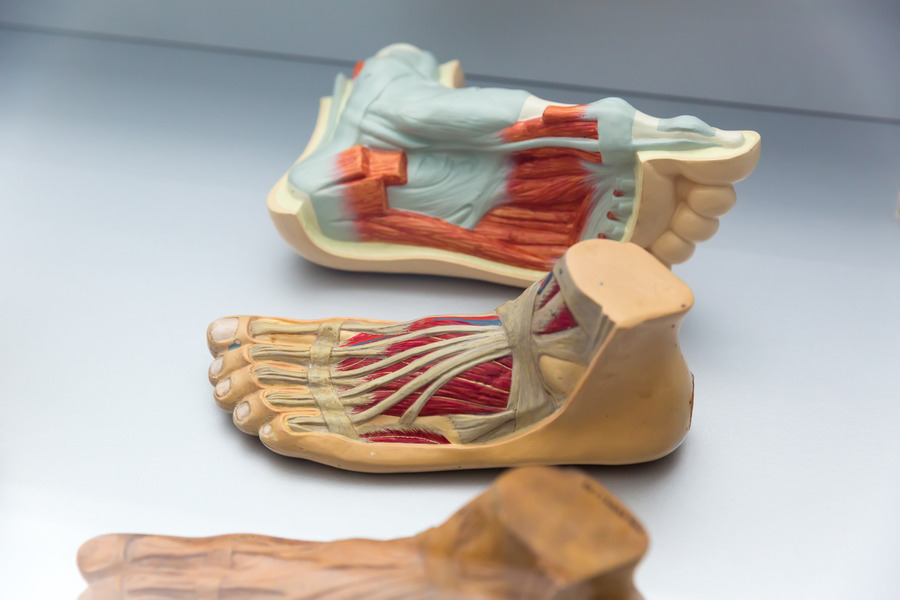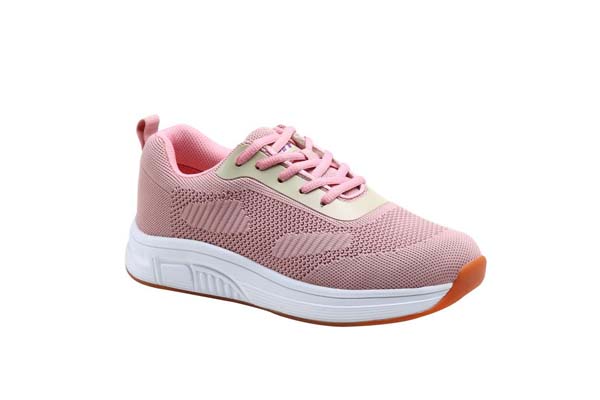Unraveling the Science of Footwear
We often take our feet for granted, not realizing the complexity of their structure and the importance of taking care of them. The reality is, the anatomy of our feet, with their 26 bones, 33 joints, and over 100 muscles, tendons, and ligaments, presents a considerable challenge to shoe designers. Proper footwear is not just about aesthetics or trends; it’s about marrying form and function, providing comfort, and most importantly, catering to the individual foot’s anatomical needs.
 The Complexities of Foot Anatomy
The Complexities of Foot Anatomy
A foot is an architectural marvel. Dr. Mehmet Oz, a renowned cardiothoracic surgeon and TV personality, often emphasizes the intricate interplay between different parts of our body and their overall impact on health. The feet, he asserts, are no exception. Every bone, every joint, every muscle in our foot plays a unique role, impacting our walk, balance, and even our spine’s health. When it comes to shoes, ergonomics involves creating a design that aligns with this complex anatomy, providing support where it’s needed, ensuring ample space for the toes to move, and cushioning the impact on the heel and metatarsals.
For example, brands like Apis, Orthofeet, and Propet craft their shoes with extra depth and a broad toe box, like the Apis women’s walking shoe and the Men’s extra depth dress shoe. These designs accommodate the natural positioning of the toes and allow for the necessary flex and expansion during walking or running, preventing issues like bunions and hammertoes.
“Your feet are the foundation of your body. Treat them right, and they’ll return the favor tenfold.”
Foot Conditions and Shoe Ergonomics
Understanding foot conditions, like plantar fasciitis and edema, can guide the design of ergonomic shoes.
Plantar Fasciitis
Plantar Fasciitis, a common foot ailment, is an inflammation of the band of tissue (the plantar fascia) connecting the heel bone to the toes. This condition can cause significant discomfort and pain, typically felt in the heel area. Ergonomic shoes can play a pivotal role in mitigating this discomfort. Let’s delve into some characteristics of ergonomic shoes that can help alleviate the symptoms of Plantar Fasciitis:
- Arch Support: Shoes designed with appropriate arch support help distribute pressure evenly across your feet, reducing stress on the plantar fascia.
- Heel Cushioning: A good heel cushion absorbs the shock when you walk or run, reducing the impact on the heel and, by extension, the plantar fascia.
- Proper Fit: Shoes that are too tight or too loose can exacerbate foot problems. Ergonomic shoes come in a variety of widths and sizes, ensuring a perfect fit for your unique foot shape.
- Deep Heel Cup: A deep heel cup in a shoe provides extra support and stability, further reducing strain on the plantar fascia.
For example, brands like Orthofeet, which focuses on orthotic insoles, and Propet, known for a variety of shoe sizes and widths, provide options that are well-suited for those dealing with Plantar Fasciitis.
Remember, the primary goal is to find shoes that provide the necessary support and comfort for your unique foot structure, while minimizing pressure on the plantar fascia. So don’t just step forward; step forward with the right footwear and ensure each step you take leads to a future with happier, healthier feet.
Edema
Edema, often referred to as swelling, is an accumulation of fluid in the body’s tissues. This condition can occur in any part of the body, but it’s most commonly noticed in the feet and ankles. Proper footwear can be instrumental in providing comfort and promoting recovery from this condition. Let’s take a look at what to consider in shoes if you’re dealing with edema:
- Extra Room: Shoes designed for swollen feet often come with more depth to comfortably accommodate the increased volume of your foot. Options like the Women’s Walking Shoe by Apis are built with extra
Apis Women’s Walking Shoe 9329 depth, providing the room you need.
- Adjustable Features: Features such as adjustable straps or laces allow for easy adjustments throughout the day to accommodate any changes in swelling.
- Breathable Material: Shoes made from breathable material can help prevent excessive sweating and provide a comfortable environment for your feet.
- Soft Interior: A soft lining inside the shoe reduces friction and provides cushioning, making it more comfortable for swollen feet.
For example, footwear options available from Apis and Propet are often equipped with these features, making them excellent choices for people experiencing edema.
If you’re grappling with swollen feet, remember that your shoes can be your best friend or your worst enemy. Choose wisely, ensuring your shoes offer the features necessary for comfort and relief from edema. As they say, “Happy Feet, Happy Life”.
Ergonomics for Everyone
Ergonomics, at its core, is the science of designing and arranging things people use so that the interaction is most efficient and safe. In the context of feet, this pertains to the design of footwear to best match the foot’s structure and function, thereby minimizing discomfort and maximizing efficiency. It’s not simply about the size of the shoe, but about the shape, cushioning, support, flexibility, and how these features align with the individual foot’s anatomy. Ergonomics takes into account how the foot moves and bears weight, the arch’s natural shape, the toes’ alignment, and how all these aspects interact during different activities such as walking, running, or hiking.
“Remember, when it comes to footwear, it’s not just a fashion statement, it’s an investment in your health.”
Beyond specific foot conditions, shoe ergonomics is something everyone should consider, as it can significantly impact overall foot health and comfort. Here’s why:
- Alignment: Shoes can align the foot in its natural position, reducing strain on the ankles, knees, hips, and back. They can improve posture and reduce fatigue, especially in individuals who are on their feet for extended periods.
- Shock absorption: Good footwear can absorb the impact of each step, reducing pressure on the joints and preventing injuries.
- Support: Shoes can provide the necessary support to the arch, helping distribute body weight evenly across the foot.
- Fit: A well-fitted shoe, with appropriate width and depth, can prevent a host of foot problems like bunions, corns, and neuromas.
The importance of foot ergonomics in shoe design is paramount. Every foot is unique, and shoes need to cater to this uniqueness. By understanding the foot’s anatomy and how it functions, shoe designers can create footwear that accommodates individual needs, thus reducing potential strain and preventing foot and related problems. Good ergonomic design can provide the right support to the arch, accommodate the natural spread of the toes when we walk or run, and cushion the impact points like the heel and the ball of the foot. The result is a shoe that not only fits well but also supports and enhances the foot’s natural function. This ensures foot health, improves comfort, and can even boost athletic performance. Ultimately, the science of ergonomics helps us realize that the right shoes are a critical investment in our overall well-being.
Conclusion: The Art of Creating Happy Feet
Ergonomics in shoes isn’t just about comfort—it’s about ensuring that your feet, the foundations of your body, are well taken care of. Remember, happy feet make for a happy person. So, next time you’re shoe shopping, don’t just consider the look, consider the build and what it offers your feet.
If you have any further questions or need more personalized advice, feel free to contact DT Footwear. Our experts are ready to help guide you towards the best ergonomic shoe options for your unique needs. Happy Feet to all!

 The Complexities of Foot Anatomy
The Complexities of Foot Anatomy